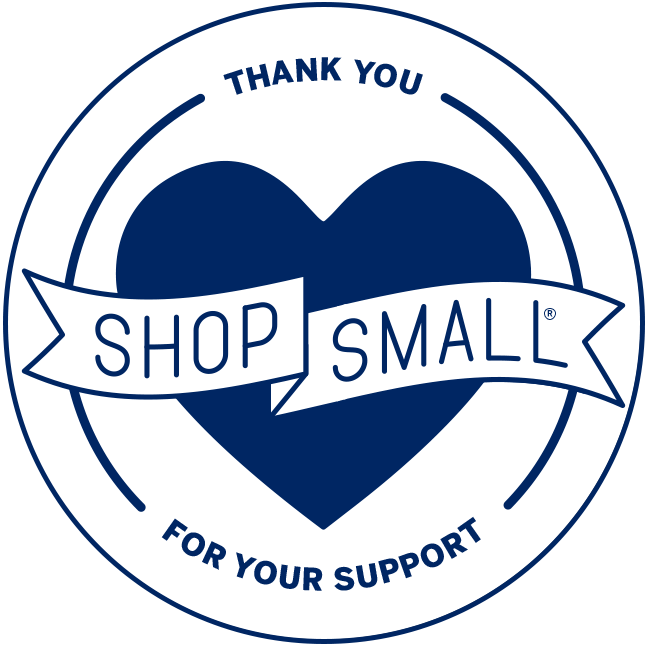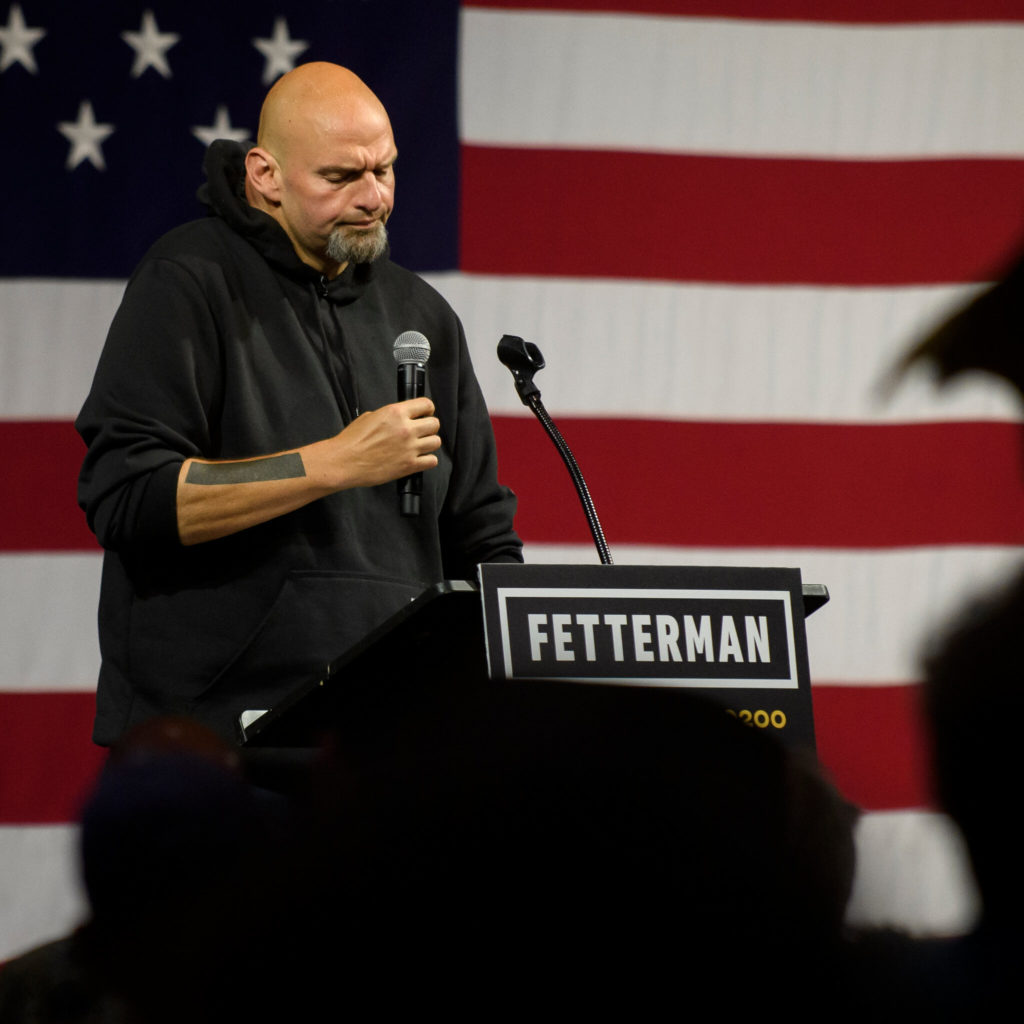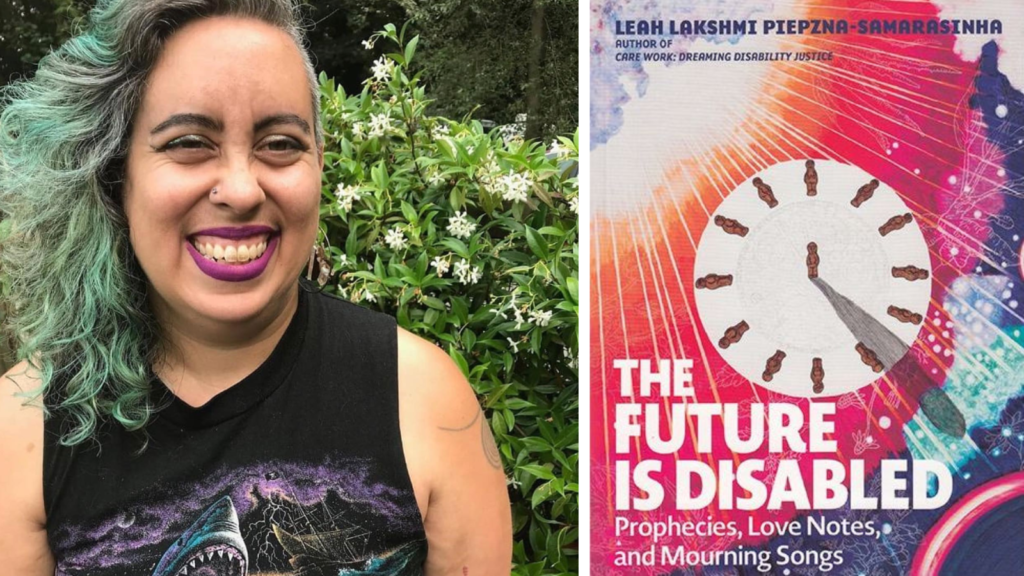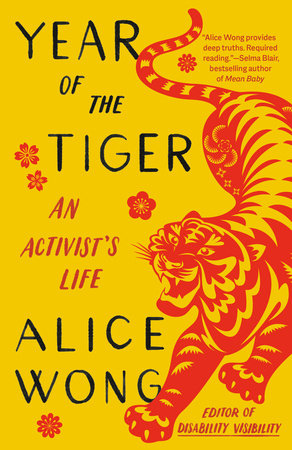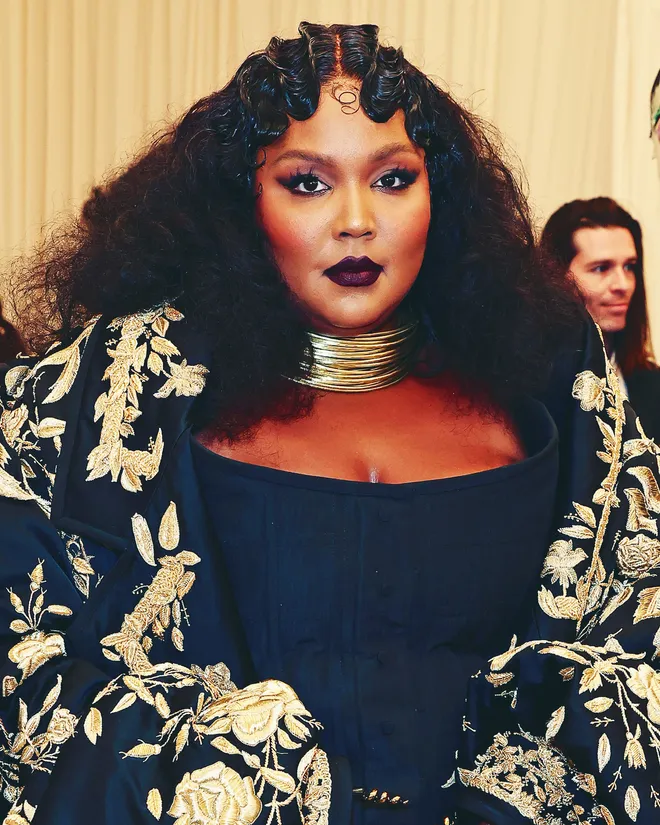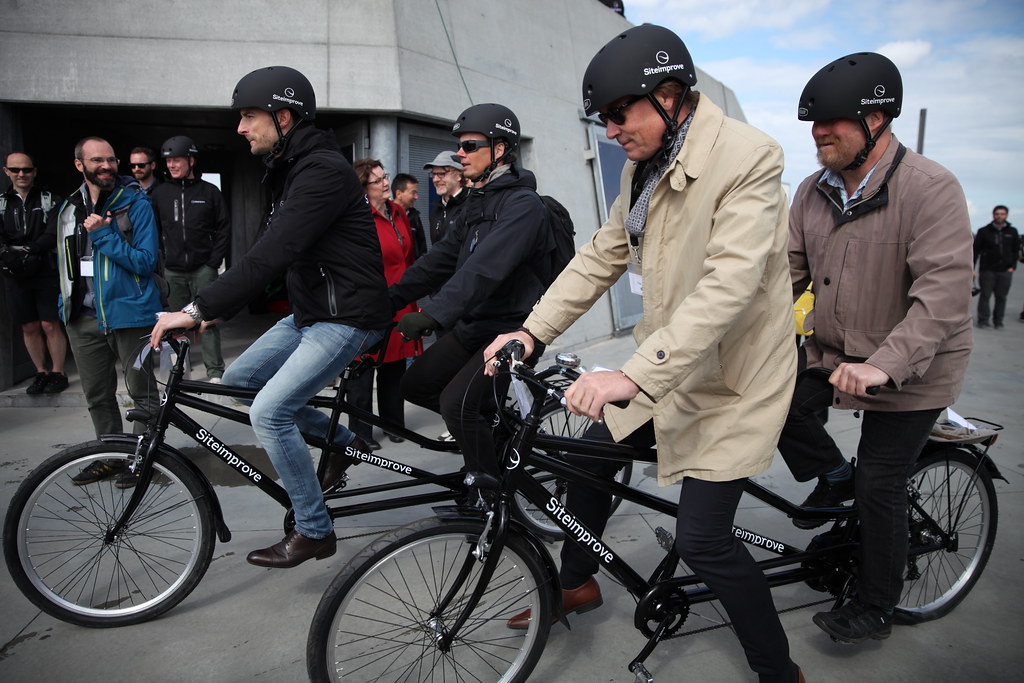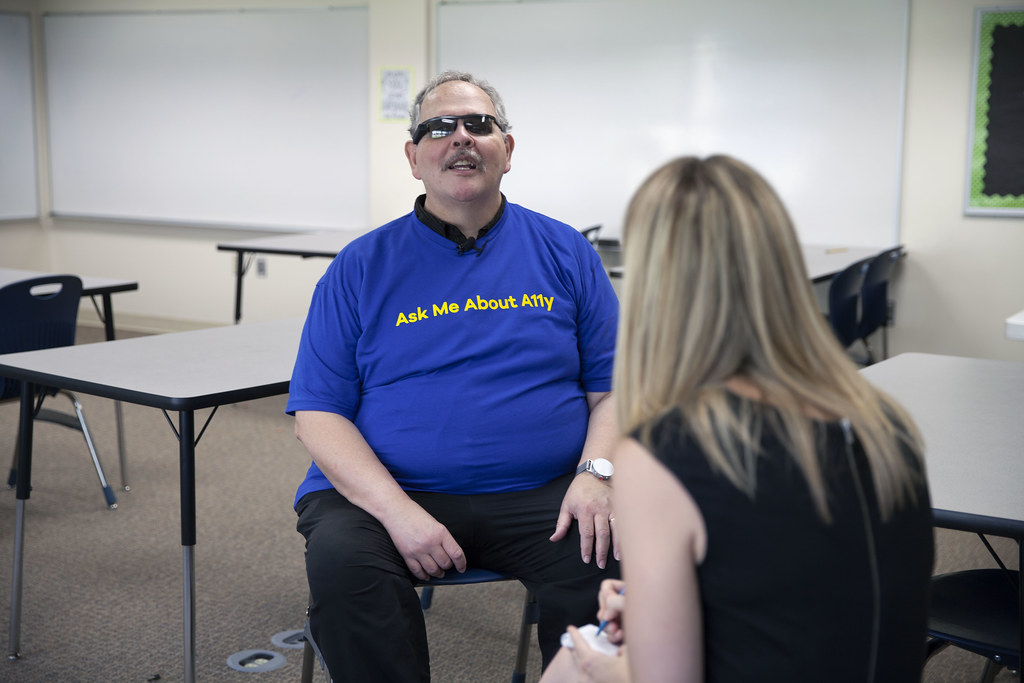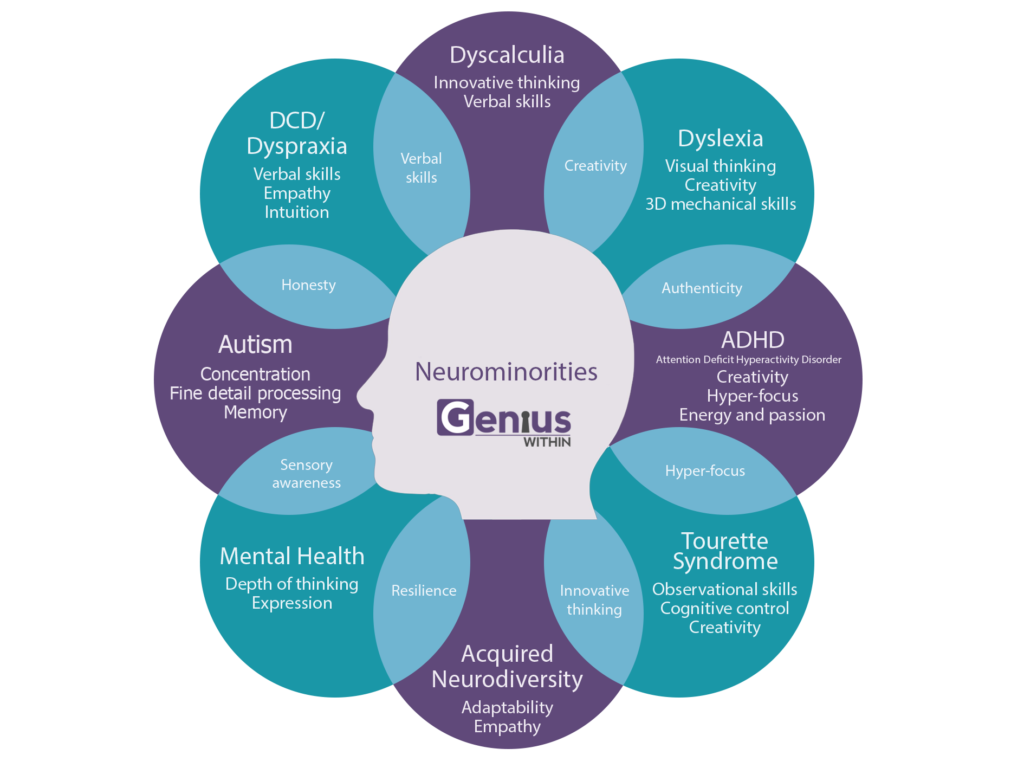Capitalism never stops. Pre-internet, I recall the deluge of catalogs and mailers clogging up our mailbox. Plus the endless commercials on tv and radio. We still have that, despite trying to opt out of it. E-commerce has made it even more excruciating. Unless one is diligent with their ad blockers, nearly every website visit shoves ads in our faces and we end up on email lists from any company we’ve purchased something from in the last decade. I first learned about “Buy Nothing Day” 20+ years ago and I’m a big fan. I relate to the slogan “the more you consume the less you live.” In the U.S., most of us have so much unnecessary stuff. When I do give gifts to friends and family, I prefer experiences over things. Travel, activities, food, etc. We’re in the thick of the holiday shopping frenzy again. Black Friday has passed, and yesterday was Small Business Saturday. If you are planning to shop this season, please consider supporting the organizations who employ those of us with disabilities.
From Angela Young via LinkedIn:
“82% of people with disabilities are unemployed. How can you support our community this holiday season? Look no further — check out this list of Small Businesses that specifically employ and support us!!! 👇 👇 👇
Popcorn for the People, led by CEO Rachel Cheng, creates careers for disabled people – specifically people with autism. I ordered Butter, Cheddar, Cookies n’ Cream, and Caramel and received my bright red box this week. Let me tell you — all of the flavors are phenomenal! My personal favorite way to eat popcorn is by mixing caramel and cheddar together for a sweet and savory sensory explosion. What’s your favorite flavor??
Bitty & Beau’s Coffee was created by parents Amy Wright and Ben Wright, who have four beautiful children — three of whom have autism and Down Syndrome. They primarily employ people within the autistic and Down Syndrome communities as a way to show that individuals with differences can be a valuable, contributory part of their community! (And their coffee is pretty badass too — check out the holiday roast! I had it during a recent visit to their Annapolis, MD location, but you can ship nationwide across the United States!
Design By Humans is an art collective founded by Mindy Hernandez that supports many disabled artists (my personal favorite is DisabledAF) that you can find by searching “disabled” at the top of the page. I love the way DisabledAF specifically situates themselves at the intersection of Queer and Disabled, my favorite place to be!!
Collettey’s Cookies was founded by Collette Divitto, a rockstar speaker and human with Down Syndrome. She employs 10+ other employees, all with disabilities. You can check out much more of her story on YouTube!
Alissa Smith is a cancer survivor and an incredible warrior who lives with chronic illness… AND she’s an incredible jewelry designer!! Check out her creations at her online store and support her efforts! The Harper Cosmopolitan ring is absolutely stunning… which piece is your favorite??
Tricia Baden suffers from Lyme Disease, which causes chronic headaches. The toxins in regular candles can exacerbate headaches and migraines, so everyone benefits from her amazing scents at Flores Lane that are toxin-free and use a soy-based wax! The chakra and meditation collection is my personal favorite for my Buddha and crystal altar!”
What a wonderful roundup. Adding to that list, the Isadore Nut Company:
“In 2018, Tasya toured Jewish Housing and Programming and the kitchen at Cornerstone Creek, where she learned more than 82 percent of adults with disabilities are unemployed. She decided to create a workplace for people of all abilities.
Tasya moved production to Cornerstone Creek and began partnering with social service organizations and advocating for persons with disabilities. Now more than half of the staff at Isadore Nut Company are adults with developmental or intellectual disabilities.
Tasya believes that everyone, regardless of ability, should be given the opportunity for employment because everyone holds value and has something to contribute.”
